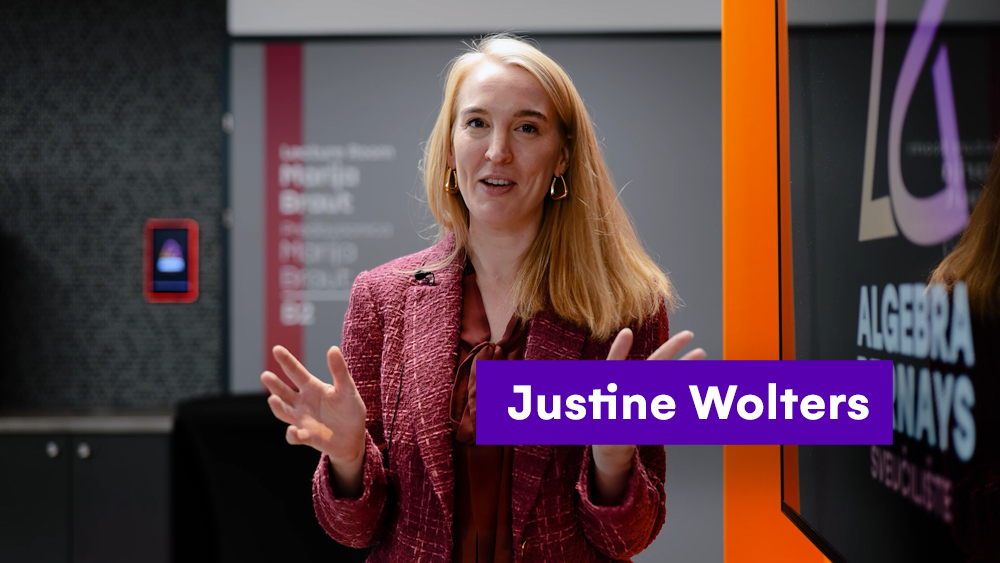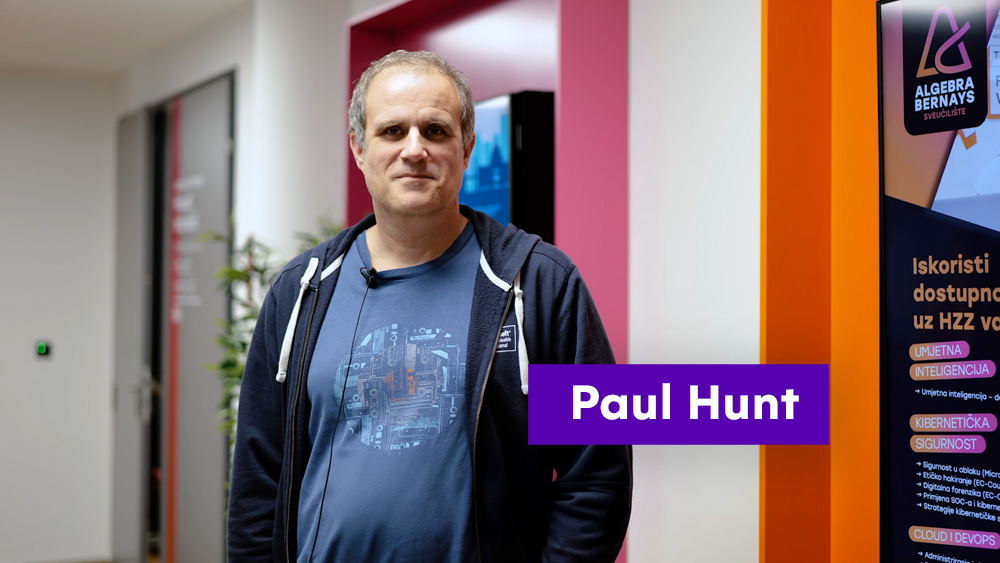6 top Microsoft 365 adoption challenges
Table of contents
Microsoft 365 adoption isn’t just about deploying new software—it’s about empowering your entire organization to work smarter, faster, and more securely. When teams fully embrace the platform, businesses unlock its true potential, driving better collaboration and long-term digital transformation. However, numerous Microsoft 365 adoption challenges must be overcome by organizations.
We recently asked Microsoft MVPs to identify some of the biggest Microsoft 365 adoption challenges organizations face. Check out their answers in our compilation video and read their extended answers below.
One touch point is not enough – Justine Wolters
So I focus mainly on data security. And if you do implementation of data security tools, it affects the end user. So you have to do adoption. But for me it’s quite clear, okay. If I implement this action or this measure, then it means that for the end user. But for the end user, who isn’t working daily with IT tools or with security tools, it could be really difficult to understand what a new tool, means for them. So I think it’s really important to focus on Microsoft 365 adoption a lot.
And also for adoption, think of personas. Of course, we have tech savvy persons that really want to dive into the new tools. But for example, my mum is almost retired, and she’s really eager to learn, and she wants to work safely, but she gets insecure. So we should approach her differently compared to the youngster who just starts working and really wants to dive into all the new topics.

And it’s not that you finish your adoption by sharing something on SharePoint or sending an email with information. No, you really need to make sure that people understand, and provide them with training, or some tooltips. It could be anything, but make sure that you have enough for every persona.
So training is good and I think it’s really helpful if you can help people on the spot. But the after-work is also so important because it’s just one moment in time. And if you really want to make sure that people do the new way of working, then you need to follow up. And it could be something like a quick reminder on SharePoint or a channel within Teams where people can ask questions. It could be anything. But you need to make sure that you have more touchpoints because one touch point, one training, is not enough.
Working out what’s right for your users – Paul Hunt
Always the humans. There are big issues. We take the bell curve of adoption. The laggards and the leaders. You know, the leaders want to charge ahead. The laggards, you have to drag them almost kicking and screaming. And we sometimes have to appeal to a human’s baser instincts. You know, the “What’s in it for me?” And I think that’s the biggest challenge sometimes, is working out what’s right for your users, what’s right for your organization.
You know, typically we hear a lot of the organizations saying about how good it’s going to be for the organization, but we’re not telling the users how good it’s going to be for them. And I think that’s a big challenge.

We need senior leadership to buy in. If you don’t have the senior stakeholders to help empower the users, and help them feel like they’re being, you know, driven from above and directed the right way, then, yeah, you’re doomed to failure without that senior stakeholder.
Train your users for success – Anouck Fierens
So Microsoft is changing so fast and not a lot of people can keep up with it. So adoption is more and more important, and all of the tools they have to get people on track and to learn and to explain what the tools are doing.
User training plays a big role because if you don’t train users and your company is not supporting it, your adoption track will not be a success.

Leadership and management is important as well, because when your manager or your leadership team is not behind the adoption process, it’s giving you some kind of feeling like “I’m doing something that’s not important.” But if you don’t teach a user to work with SharePoint or with Outlook or any other tools, it’s not giving any feedback. It’s not giving value.
Microsoft 365 adoption needs to absolutely involve the people – Steve Dalby
People, absolutely people. You know, people have been doing their job for a long time. And then technology comes along and wants to change the way they do stuff. And they don’t understand why it needs to change, especially in that age of AI. AI at the moment is a bit of a magic word. They think their life will be different, their job will be different, but it will only work if they’re willing to approach it in the right kind of way.
So, any kind of change and adoption program needs to absolutely involve the people, understand what they want out of it, where their win-wins are, and then focus on being able to change them in a direction where they see value.

I don’t know whether learning is part of change. I don’t know whether company culture is part of change. And the reason for that is that every organization is different.
So, in my organization, training is a key part of it. So being able to provide one-hour learning is important. In other organizations where the culture is around change, it can be a lot easier. So, you have to look at your own organization and decide whether it’s going to be an online learning, or whether it’s, people learning, whether it’s just drop cards on the desks at night, whether it’s videos online, you need to choose the formula that works for you.
Culture is so incredibly important for Microsoft 365 adoption – Marijn Somers
It has to be on the one side, the fast-changing technology that also brings some behavior changes with it. I mean, I still see a lot of organizations not using Teams optimally because it just requires a different way of working. And IT pushes out the technology changes, but they don’t always have the capacity or the budget to also be in charge of those behavior changes. And that is kind of where the adoption seems to fail sometimes.
Culture is so incredibly important because we can still roll out tools like Teams where you can chat to each other. But if people are still emailing stuff around, then the whole new technology bit is just useless. So, culture is so incredibly important, but also so difficult to change because it’s really ingrained, definitely with people that work there for a long time. It is, it is very, very difficult.

People always say that leaders should lead by example. And personally, my honest opinion, I don’t really care how many times a leader does a chat or a team, or a user plan, or whatever. For me, I don’t really care, but I know that for some people it is important.
And leadership, what they do trickles down to middle management. That trickles down to the team leads, and those team leads, they will have to give the right example for the people in their team. So, in the end, what leadership does trickles down and is very important in the end to give the good example and give the right amount of things that people need to do.
The pace of the change with the technology – Spencer Harbar
Usually, it’s all around a new way of working for most users, even in organizations that are quite mature. The pace of the change with the technology always, you know, far outstrips, the user populations’ ability to stay on top of it. And also, for the organization’s IT to get that information out to the users.

User training is pretty important. If it’s done at all, it can be the key driver to successful Microsoft 365 adoption. And using the tools in the right way. An organization’s leadership team is really important to try and push the training and adoption approaches, and like most things in an organization, if it doesn’t have leadership backing, it won’t be seen as important enough for most people to pay attention.
Would you like to hear more?
It was awesome hearing what Microsoft MVPs had to say about Microsoft 365 adoption challenges. You can also check out other MVP videos about:
- Whether Copilot agents will help increase the adoption of Microsoft Copilot
- What is the most underrated feature of Microsoft Copilot?
- What does Microsoft 365 Governance mean to you?
Thank you to all the Microsoft MVPs for their expert insights!


